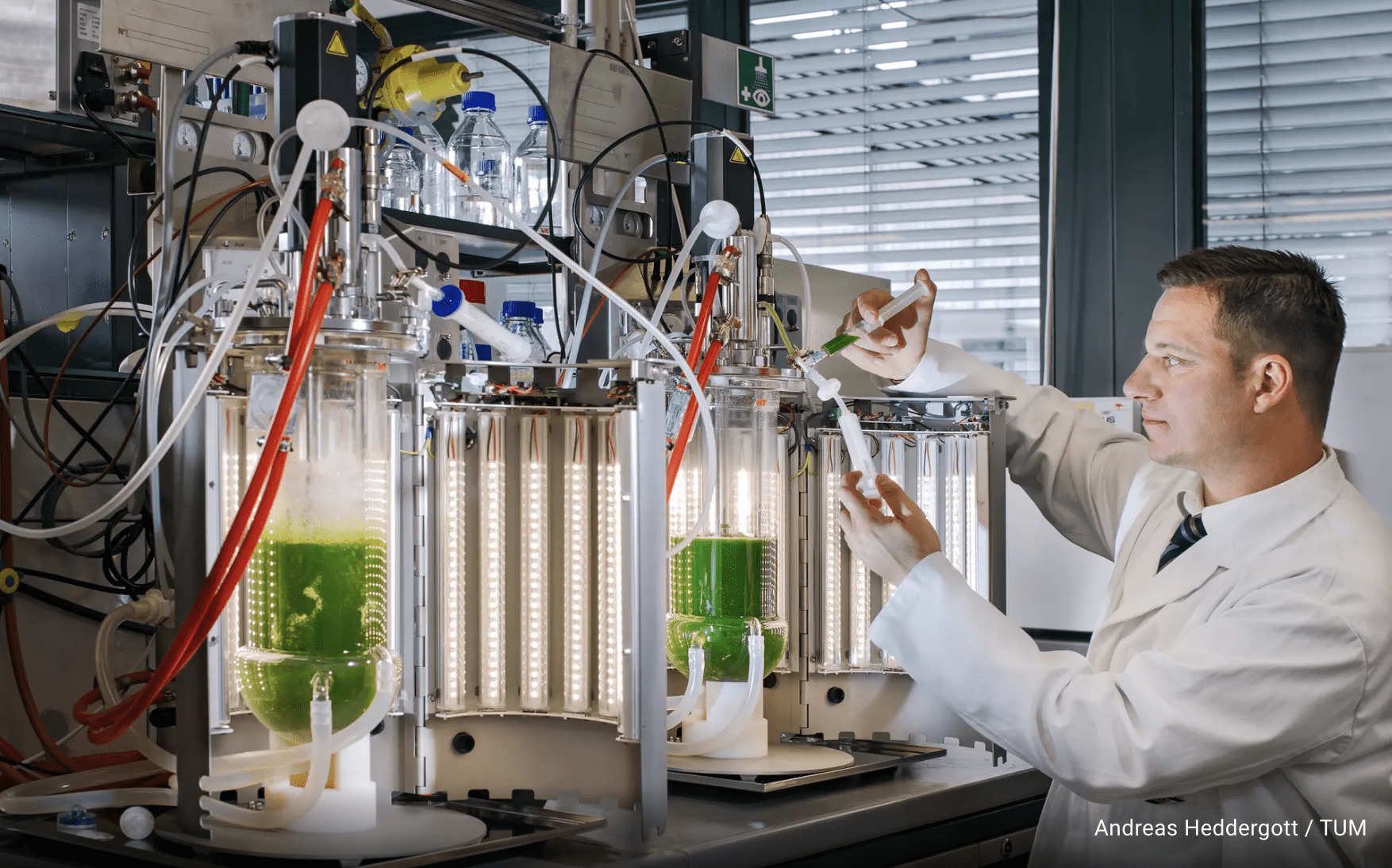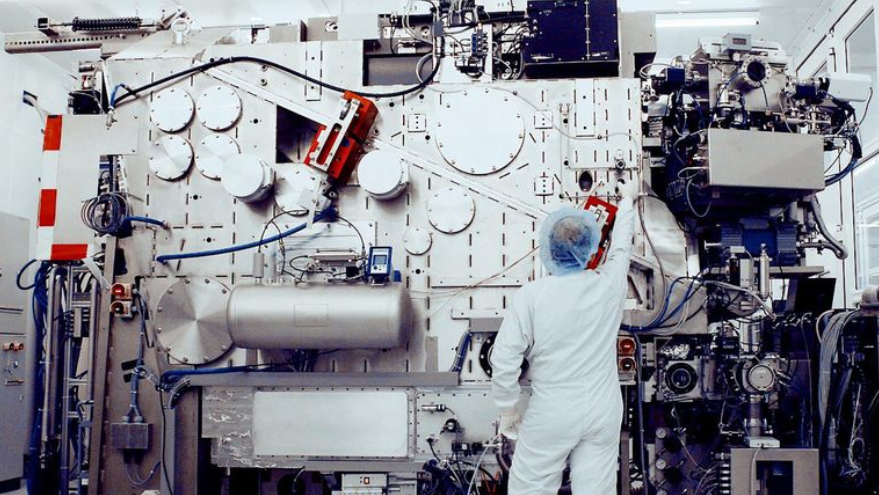
Wind power turbines, catalytic converters, optical cables, plasma monitors, and much more: Rare Earth metals are indispensable for a wide variety of modern technologies. As Europe progresses towards its green energy transition, the demand for these metals soars in parallel. Europe largely depends on China for its rare earth imports, making the industry vulnerable. Two paths to solutions are currently examined: mining and recycling.
Researchers at the Technical University of Munich have discovered the potential of cyanobacteria strains in recycling Rare Earth metals from aqueous solutions. These valuable metals, essential for numerous high-tech applications, are depleted due to rising demand and limited deposits. The scientists claim [1] their remarkable findings pave the way for an environmentally friendly Circular Economy, as the adsorption process is reversible, allowing for metal extraction and biomass reuse.
Unlocking the Potential of Cyanobacteria
The breakthrough by researchers at the Technical University of Munich (together with the University of Applied Sciences Kaiserslautern) presents a game-changing process for recycling rare earth metals using cyanobacteria strains. Cyanobacteria, a previously uninvestigated biomaterial, can successfully adsorb these metals from aqueous solutions. The process offers eco-friendly benefits since it is reversible, enabling the washing of metals from the solution and reusing biomass. This innovative approach could help recycle rare earth metals from industrial wastewater generated in fields such as mining, electronics, and chemical catalysts [1].
The Green Transition: Dependence on Rare Earth Metals
European projects like REEgain, funded by the European Regional Development Fund, actively demonstrate the feasibility of absorbing rare earth metals using bacteria, algae, and fungi [3]. By developing new recycling strategies, Europe could gradually increase its self-sufficiency in critical materials required for its green energy objectives. An industry study commissioned by Eurometaux predicts that between 40% and 75% of Europe’s clean energy metal needs could be met through recycling by 2050, granted adequate investments are made [3].
Rare earth recycling is making strides not only in Europe but in the United States as well. Researchers from the Critical Materials Institute have created a novel process to extract rare earth metals directly from shredded electronic waste. The global rare earth metals recycling market has a projected worth of $422 million by 2026, demonstrating a compound annual growth rate of 11.2% from 2021 to 2026 [3].
Future Prospects and Challenges
Recycling rare earth metals by means of biological absorption techniques could significantly help Europe become more self-sufficient and reduce its reliance on external suppliers. However, it should be noted that this method is still in its early stages and will face potential challenges and require further optimization. The discovery of rare earth metals in Sweden also presents an exciting opportunity for Europe, but the extraction process requires time and foresight. The availability of mining permits and the environmental impact must be considered [2].
In Sweden, recent discoveries of over one million tonnes of rare earth elements, including crucial heavy elements such as Dysprosium, Yttrium, and Terbium, are believed to be pivotal for the global clean energy transition [2].
While more time and investment are needed to develop efficient rare earth metal recycling methods and utilize alternative resources, these efforts will likely play a critical role in achieving resource self-sufficiency in the long run. As the global transition to clean energy accelerates, innovative recycling technologies may hold the key to a more sustainable and secure future.
Sources:
[1] TUM
[2] Innovation Origins
[3] Energy Industry Review








